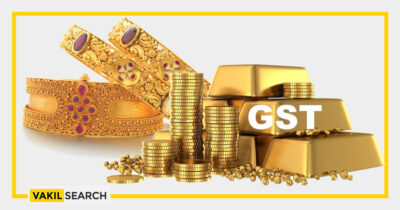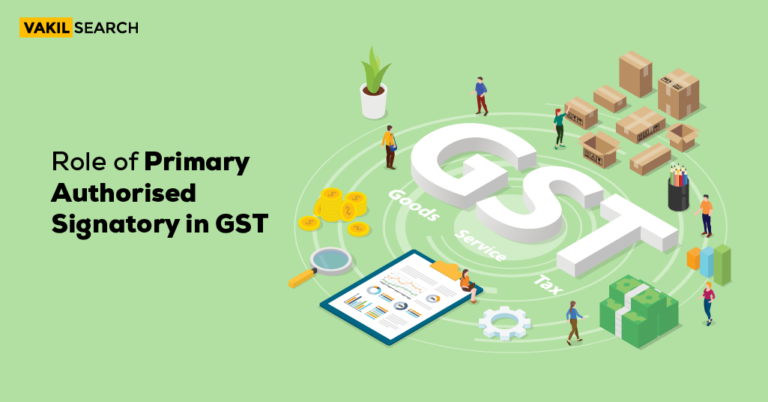Mixed supply under GST refers to the situation where goods and services are provided at a time. Composite supply under GST refers to the situation where goods and services are provided separately.
The GST council has decided to levy a 5% tax on the composite supply of goods and services. This means that the composite supply will be taxed at 5%. The decision was taken after a lot of discussion about whether to classify it as a mixed supply or not. In this blog, let us see the differences between mixed supply and composite supply under GST.
The GST Council in its meeting held in November has finalized the following provisions for mixed and composite supplies:
- A composite supply is a supply of goods or services consisting of two or more supplies that are packaged together for sale to the customer. The goods and services can be supplied together with or separately.
- A mixed supply is a supply of goods or services where at least one of the supplies is zero-rated and at least one other is taxable. The goods and services can be supplied together with or separately. For example, if a company sells both taxable and zero-rated food items, it will have to charge GST on both types of items based on the GST Registration Process but cannot claim an input tax credit (ITC) on any part of the sale because all parts are taxable under GST.
Mixed Supply & Composite Supply under GST
The Supply of goods and services is broadly classified into two categories:
- Mixed Supply
- Composite Supply
1. Mixed Supply:
A mixed supply is a supply that includes both taxable and non-taxable goods. A mixed supply is subject to GST if the value of taxable goods exceeds the value of non-taxable goods.
Mixed supply is the sale of goods and services together, while composite supply is a single service rendered to a customer.
Now under GST, composite supplies are subsumed in the definition of mixed supplies. This means that composite supplies will be taxed at the same rate as mixed supplies.
Services or works that have been agreed to be done after supply of goods; – Services or works that have been agreed to be done concurrently with the provision of goods; – Services or works that are incidental to, necessary for, or complementary to those being supplied.
2. Composite Supply:
A composite supply is a single unitary transaction that includes both taxable and non-taxable supplies. Composite supplies are subject to GST if the total value of taxable supplies exceeds the total value of non-taxable supplies.
The GST Council has decided to levy a tax of 18% on all goods and services, which are currently taxed at different rates. This would mean that goods and services will be taxed at a uniform rate of 18%.
There is an exception to this rule. For example, if you purchase a product for ₹1,000 and the product consists of both goods and services, then you would be charged 18% GST on the total value of the product (₹1,000). However, if you purchase a service worth ₹500 from a company that is registered under GST with an 18% tax rate (composite supply), then you would only be charged 18% GST on the service worth ₹500 (composite supply).
GST: https://www.gst.gov.in/ is a consumption tax. It is applicable to the supply of goods and services. The GST Council has divided the supply of goods and services into two categories.
Find out the exact amount of GST to be paid before registering for GST using our GST Calculator.
Also, Read:










